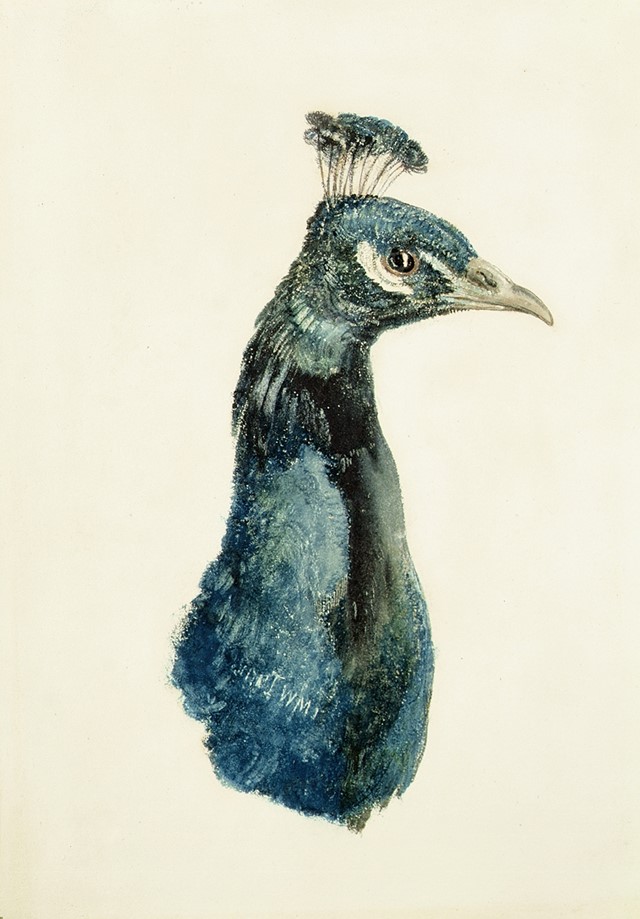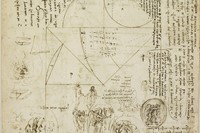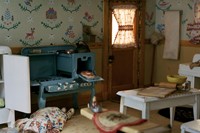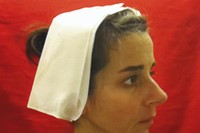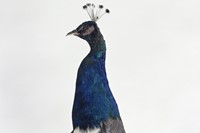For his Hayward Touring exhibition for the Turner Contemporary Gallery, curator Brian Dillon chose "curiosity" as an overarching theme, asking, “Is the eclecticism of the cabinet of curiosities now so generalised as to be meaningless?..."
What place does curiosity hold in the age of the internet? With so much information – visual, textual, and otherwise – so readily available, is our interest too easily peaked and then just as easily sated? If we look too closely at things, does our curiosity fade? These were some of the lines of inquiry taken up by Brian Dillon, writer and UK editor of the New York-based art magazine, Cabinet, when he agreed to curate a Hayward Touring exhibition for the Turner Contemporary Gallery. As an overarching theme, Dillon chose "curiosity". In his essay for the exhibition catalogue, he writes: “Is the eclecticism of the cabinet of curiosities now so generalised as to be meaningless, or is it in fact a resonant image and idea by which we might rescue things from their online evanescence?”
What is curiosity at all? How does it differ from wonder, or inquisitiveness? Or meddlesomeness? Early Christian thinkers believed curiosity led to sin, “denunciations… oscillated between categorising curiosity as a form of lust and as a type of greed,” Dillon explains. He also points out that the cabinet of curiosities, or, "wunderkammer" (which were often whole rooms in gentlemen’s houses), is a pre-cursor to the modern museum. Perhaps, he argues, such a lateral approach to display allows for pleasure when looking at art – the enjoyment of art for art’s sake – compared with exhibitions classified by country, era, or style, which may be too reductionist in their world view.
"The exhibit traverses ages, mediums, and, seemingly, intentions, to present an expansive inquiry into the spirit and structure of human engagement with the world"
Fittingly, the current exhibition at the Turner is somewhat of a cabinet of curiosities itself; traversing ages, mediums, and, seemingly, intentions, to present an expansive inquiry into the spirit and structure of human engagement with the world. From Leonardo da Vinci’s breathtaking sketches, to Nina Katchadourian’s humorous series of photos taken on airplanes – Lavatory Self-Portraits in the Flemish Style – Curiosity entices with its exploration of cataloguing, scientific inquiry, forensics, secret knowledge, intellectual property rights, taxidermy, invention, and intuition. J.W. Turner’s drawings of birds hang near Corinne May Botz’s photos of crime scene re-creation dioramas; early botanist Anna Atkins’ beautiful cyanotypes of British algae appear strangely analogous to Miroslav Tichý’s furtively-taken photos of women; and Shackleton’s never before exhibited stuffed penguin sits at the feet of the Horniman Museum’s overstuffed walrus.
“Think of the language and imagery that are casually used to describe our relations with online text and sound and images,” Dillon concludes. “We talk easily of being distracted by or immersed in or addicted to those things. As if being diverted from our proper stated path, taken out of ourselves or away from the things at hand, were truly the opposite of intellectual curiosity. As if being stupefied were not part of discovering the world. When the history of the conflicted faculty and emotion that is curiosity tells us it never ceases to tremble between concentration and distraction, between lucidity and dream.”
Curiosity: Art and the Pleasure of Knowing is free to visit at the Turner Contemporary Gallery in Margate until 15 September.
Text by Ananda Pellerin
Ananda Pellerin is a London-based writer and regular contributor to anothermag.com.
